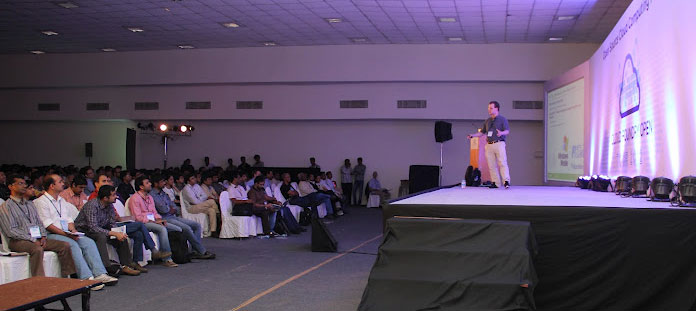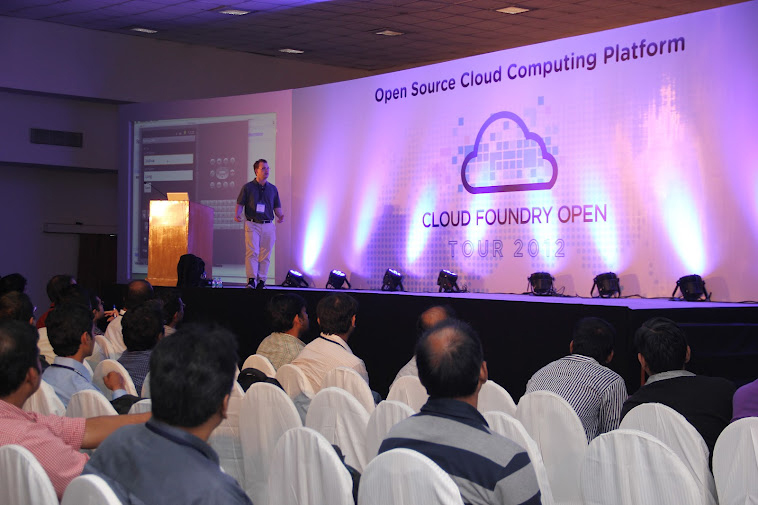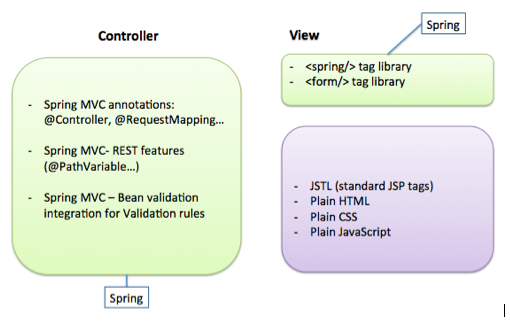The Spring Integration team proudly announces the availability of the Spring Integration Extensions repository. The main goal for this new GitHub-based repository is to promote a vibrant community of adapter and extension developers, and to encourage a broader segment of the community to contribute to the project. The Spring Integration Extensions project is hosted at:
This new repository will give us the flexibility to incorporate new contributions much more rapidly, without having to go through the core Spring Integration framework’s stricter vetting process. Since each community contributed extension is a separate project in the Spring Integration Extensions repository, it will have its own release life-cycle independent from the one that governs the core Spring Integration framework. As a result, this will allow for more frequent releases.
Over time, we expect that some of the lesser used Spring Integration modules may transition into the Extensions repository. On the other hand, for some extension modules, the Spring Integration Extensions project may also serve as an incubator, whereby they may eventually be incorporated into the core Spring Integration framework.
Thanks to several community contributions, the new repository already provides several adapters such as the XQuery Adapter (incl. support for XPath 2.0) and the SMB Adapter. Several adapters around Amazon Web Services (AWS) will be added in the coming weeks (Amazon S3, Amazon SNS, Amazon SQS). Furthermore, we are providing an early version of a Print Adapter and we are also working on an adapter providing WebSocket support using Atmosphere.
How Can I Become a Contributor?
If you have an idea regarding new extensions and/or adapters, please feel free to file a JIRA ticket. If you have already created an extension module and you want to contribute code, please fork the Spring Integration Extensions repository, add your module and issue a pull request. Before we can merge your code, though, you have to fill out the Contributor License Agreement. Once submitted, we and/or other community members will review your pull request and merge it. For much more detailed information, please take a closer look at the Contributor Guidelines for the Spring Integration Extensions project.
Creating New Spring Integration Extension Modules
One of the more popular extension types are Spring Integration Adapters. In order to simplify the process of writing custom adapters for Spring Integration, we now provide an Adapter Template for SpringSource Tool Suite (STS) 3.0.0. This template will make it very easy for contributors to build out new adapters quickly, while still ensuring consistency with those provided in the core Spring Integration framework (package structure, naming conventions, namespace handlers/parsers, etc).
The Spring Integration Adapter Template, which is part of the Spring Integration Templates project, creates a fully functional Spring Integration Module, and the template will create the following commonly used components:
- Inbound Channel Adapter
- Outbound Channel Adapter
- Outbound Gateway
The template will not only create the core Java classes and some basic unit tests, but it will also provide XML Namespace support, which includes the XML Schema and the associated parser classes. Even if you create other types of components, this template should still give you valuable insights into how to develop those. For more information on using STS Templates for Spring Integration, please see the following blog posting:
The created adapter project will use Gradle as its build tool, and it closely follows the build tasks as defined for Spring Integration:
Build the Adapter project
$ ./gradlew build
Install the Adapter project to your local Maven repository
$ ./gradlew install
Generate the JavaDoc
$ ./gradlew api
Generate metrics using Sonar
$ ./gradlew sonar
Build the complete distribution
$ ./gradlew dist
For more information please see How to Create New Components on the Spring Integration Extensions Wiki.
Further Resources
Spring Integration GitHub Repositories
For completeness, here is a list of all Spring Integration relevant GitHub repositories:



